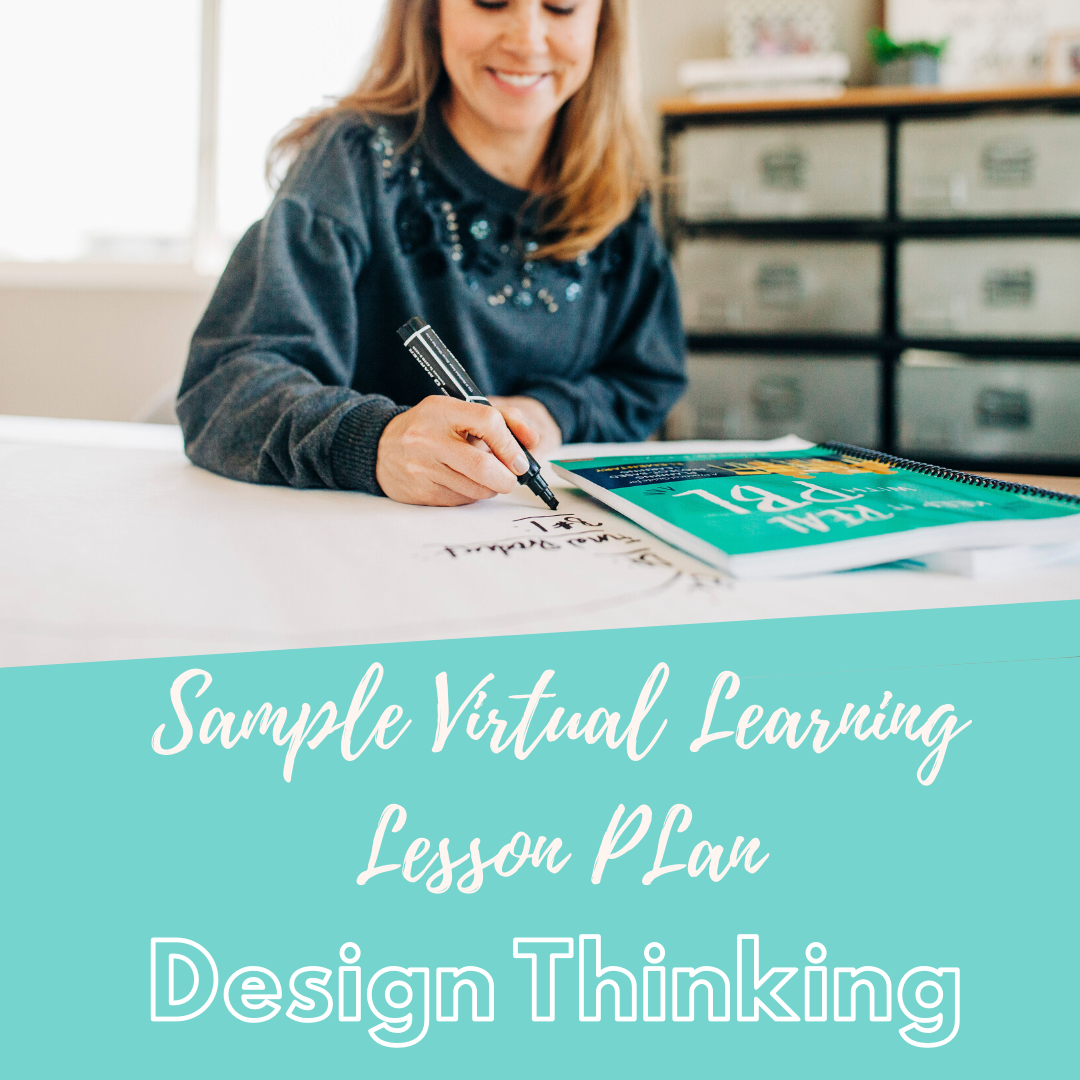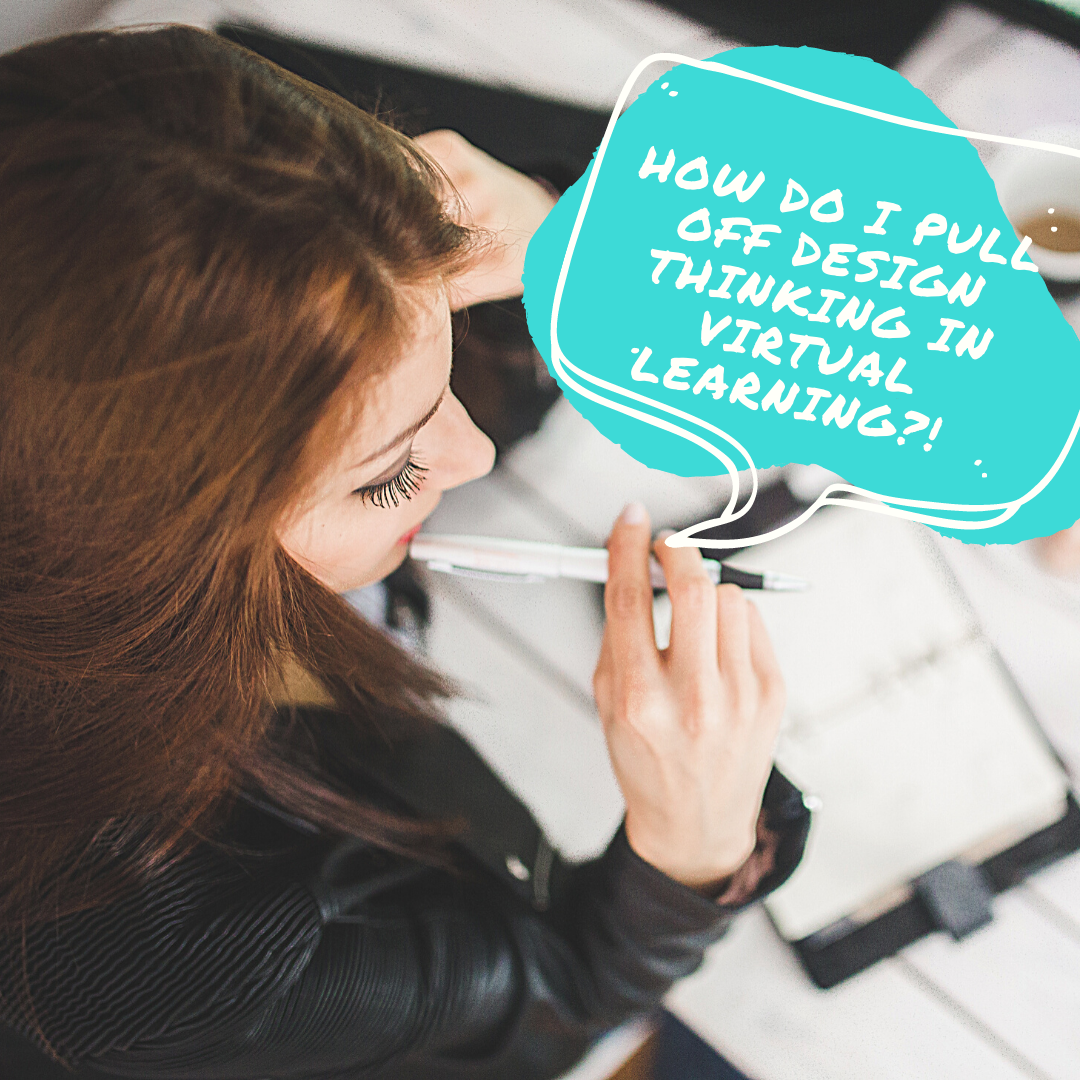Virtual Lesson Plan Elementary
In a recent post I shared a virtual learning lesson plan template; This post is taking it one step further to show what it would look like in action by building out a sample virtual learning lesson plan for elementary grades. Note: You can also access this sample lesson plan as a Google Doc HERE.
CraftED’s Virtual Learning Lesson Planning Template
Lesson: Beach Safety with Dtk
Grade: Upper Elementary
Standards/Skills:
- NGSS-engineering and design
- ELA- speaking and listening
- ELA-informational reading with Newsela
- Agency, Collaboration
Success Criteria:
- I can explain how the scientist in the video used Design Thinking to come up with his prototype
- I can use the steps of Design Thinking to come up with a possible solution to a problem in my community
Time: 1-2 hours
1.Live Launch (Synchronous, asynchronous option, 20 minutes)
- Show a clip from the show ‘Man vs shark’ on The Discovery channel.
- Ask students to type in the text box or share out their replies to the following Visible Thinking Routine prompts:
- What did you see?
- What did you think?
- What did it make you wonder?
- Introduce/review the *Design Thinking framework and ask students “how did the video that we watched reflect this framework?”
- Introduce the task and success criteria: “you will be coming up with a solution to a problem, just like the scientist did in this shark suit video. You will need to think about a beach safety issue and come up with a prototype for a solution, using the Dtk framework”
*For more background on Dtk visit this resource for educators.
2. Active Exploration (Asynchronous, synchronous option, 10-30 minutes)
Empathize
- Ask students to make a list of common problems they see at the beach
- Option to place students with a partner in a break-out room and have them conduct an interview related to the question: “what are common problems you see at the beach?” and complete an empathy map with responses.
- Option: assign reading from Newsela on beach safety topics.
Define
- Students will narrow in on one problem from the “empathy list” they would like to try to solve and write a problem statement. “A common problem at the beach/in the ocean is…”
3.Application (Asynchronous, synchronous option, 5-15 minutes )
Ideate
- Brainstorm a list of possible solutions in response to your problem statement.
- Option: place students in breakout rooms based on similar “problems” and have them go through this brainstorming process, virtually using sticky notes in a Padlet.
Prototype
- Ask students to participate in a Design Sprint where they will have 10 minutes to put together a possible prototype for their solution to the beach problem.
- Option: Do a quick virtual scavenger hunt with materials that can be found at home for students to use for their Design Sprint, or consider sending home small Design Kits with materials that can be reused for future lessons.
4.Interactive Reflection (Synchronous, asynchronous option, 10-20 minutes)
-
- Students can synchronously share out their prototypes in your video call, or they can take pictures or videos of what they created and upload to a padlet gallery wall or Flipgrid for peer feedback.
- Ask students to complete a written journal or video journal (if using Digital Portfolios) with the following prompts:
-
-
- What was challenging? How did you respond to the challenge?
-
-
-
- How was your thinking pushed?
-
-
-
- What can we learn from this experience and this framework, in terms of coming up with solutions to problems?
-
-
-
- If you were to Test this solution, what would you do?
-
-
-
- How successful do you feel with the criteria presented in our launch? Why/How?
-
Additional Resources
- Other blogs on virtual learning
- Curation of resources for virtual learning
- E-courses and workbook on PBL (including access to the NEW! virtual learning and PBL e-book!)
- Why PBL Can’t Wait, Getting Smart
- Making a case for Science and Social Studies, Getting Smart
- How to do the Feedback Loop in Distance Learning, Teaching Channel
- 5 Tips for Designing Asynchronous Learning, Corwin Press
- 3 Practices to teach 21st Century Skills in a Virtual Classroom, Teaching Channel
- Tech Tools to Take PBL Online, Corwin Press


